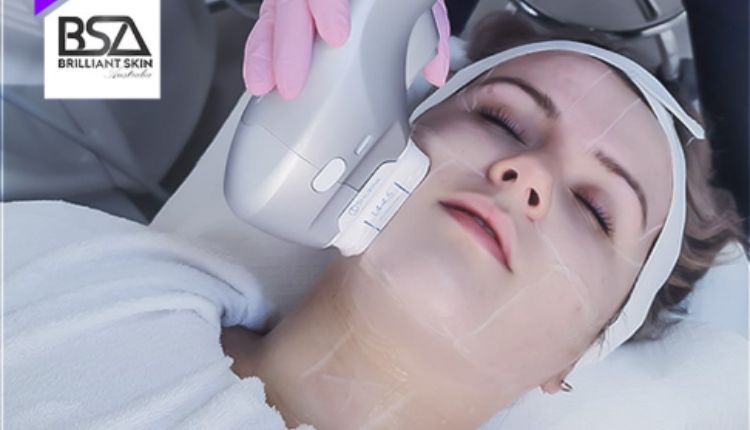High-Intensity Focused Ultrasound (HIFU) is a revolutionary medical technology that has been making waves in the healthcare industry. This non-invasive therapeutic technique uses ultrasound waves to target specific areas in the body, offering a range of applications from cancer treatment to cosmetic procedures. This essay aims to explore the various medical applications of HIFU, shedding light on its potential benefits and challenges.
HIFU was initially developed for treating benign and malignant tumors. The technique works by focusing high-frequency sound waves into a small area, which raises the temperature and destroys the targeted tissue. This process, known as thermal ablation, has been particularly effective in treating various types of cancers, including prostate, liver, kidney, and breast cancer.
In prostate cancer treatment, for instance, HIFU offers a less invasive alternative to traditional surgery or radiation therapy. It targets and destroys cancerous cells with precision, minimizing damage to surrounding healthy tissues. This results in fewer side effects such as urinary incontinence or sexual dysfunction, which are common with other treatments.
Similarly, HIFU has shown promise in treating liver and kidney cancers. It can reach tumors located deep within these organs without damaging overlying tissues. Moreover, it can be used repeatedly if new tumors form, providing an effective tool for managing these conditions.
Breast cancer treatment is another area where HIFU is gaining traction. Early-stage breast cancer can be treated using this technique without the need for mastectomy or lumpectomy. It also reduces the risk of lymphedema – a common complication following breast cancer surgery.
Beyond its oncological applications, HIFU is also being used in cosmetic procedures. One popular use is non-surgical skin tightening and body contouring. Known as Ultherapy or Ulthera, this procedure uses ultrasound energy to stimulate collagen production in the skin’s foundational layer. This results in natural-looking firmness and lift over time.
HIFU is also used for fat reduction procedures like liposonix. It targets fat cells beneath the skin without harming surrounding tissues or organs. The destroyed fat cells are then naturally processed and eliminated by the body over several weeks.
Despite its numerous benefits, there are challenges associated with HIFU that need addressing. One major concern is the lack of real-time monitoring during treatment. Although MRI or ultrasound imaging can guide the procedure, they cannot provide real-time feedback on tissue changes during thermal ablation.
Another challenge is ensuring uniform heat distribution across the targeted area. Inconsistent heating could lead to incomplete treatment or damage to adjacent tissues. Research is ongoing to develop methods for improving heat distribution during HIFU procedures.
Moreover, while HIFU has fewer side effects compared to traditional treatments, it’s not entirely risk-free. Potential complications include pain during or after treatment, skin redness or swelling, nerve damage leading to temporary numbness or tingling, and minor burns on the skin.
Lastly, accessibility and cost are significant barriers to widespread adoption of HIFU treatments. Currently available mainly in specialized centers or research institutions due to their high cost and complex operation requirements.
In conclusion, High-Intensity Focused Ultrasound (HIFU) represents a significant advancement in medical technology with its diverse applications ranging from cancer treatment to cosmetic procedures. While challenges exist regarding real-time monitoring during treatment and ensuring uniform heat distribution across targeted areas among others; ongoing research promises potential solutions that could make this technology more efficient and accessible in future. As we continue exploring this innovative technology’s potentialities and limitations alike; it becomes increasingly clear that HIFU could revolutionize how we approach various medical conditions – offering less invasive yet effective alternatives for patients worldwide.

